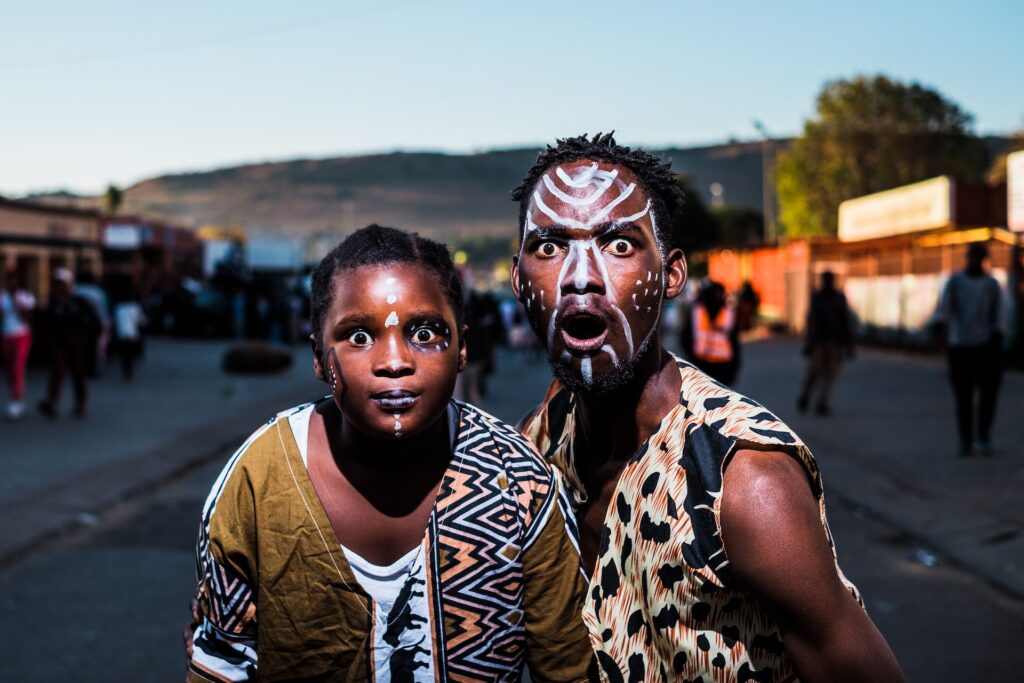
For ten years, the New York Times has published “What’s Going on in This Picture?” (WGOITP) every Sunday night during the North American school year. It is an excellent activity asking students three questions:
What’s going on in this picture?
What do you see that makes you say that?
What more can you find?
This is a wonderful literacy strategy for students of all ages to hone their observation skills important in both the sciences and humanities. It can be stretched into creative writing by having student write or tell a story about what they think is happening in the picture. Or throw a twist in and ask students to guess what happened leading up to the picture or predict what will happen next.
Recently the Times featured Twenty Puzzling Photos Featuring Kids and Teens From Around the World showcasing some of their all time favorites. I started thinking about how WGOITP could be more than an observation and literacy strategy, but also teach the Social and Emotional Learning competencies of Self-Awareness and Social Awareness. Many of the images feature people expressly strong emotions so they are perfect to help younger (and older!) learners identify feelings in others. I tweaked the Times’ prompts for an SEL focus:
What emotion do you think they are feeling?
Why do you think that? (evidence)
Think of a time that you felt that way.
Identifying Emotions
The Times WGOITP images are great because they include the backstory for the pictures to expand upon what students observe. But teachers could also use free Creative Commons 0 websites such as Pixabay or Unsplash to find their own images. Try searching for an emotion such as joy or pain to prompt students to talk about what that specific feelings look like.
My first two discussion questions focus students on interpreting the picture with a focus on emotions expressed. The last question is an opportunity for students to connect the emotion to themselves and perhaps confidentially share with an elbow partner or small group. We want to make discussing one’s feelings a normal part of our classroom culture, and this is a great way to practice it.
As a next step educators could have students look for their own pictures to demonstrate a certain emotion or feeling. Or ask students to take pictures of themselves demonstrating a certain emotion. Create a shared presentation in Google Slides or other platform with each student contributing one picture. Then have the class guess what emotion is on each slide and see if there is agreement. When students disagree, discuss how emotions and feelings are sometimes hidden.
Students could share their needs when they are feeling a strong emotion such as private space, a friend to talk to, physical comfort, or physical activity to blow off steam. They should recognize that different people process feelings in different ways and may have different needs for the exact same emotion. Students will now be equipped to support a classmate who is angry or sad by asking what they need to feel loved and safe.
Empathy
WGOITP is a great protocol to cultivate empathy. Choose images from other cultures or regions than where your students live. After processing the feelings of the people, have students find the true story behind the image. Use this opportunity to be culturally responsive and build empathy by having students learn about customs and traditions from other parts of the world. By focusing on young people, the images can connect to the common themes, experiences, and interests that all youth have -music, sports, where and how they live, food, holidays, school, and their families.
For example the image at the top of this post is of people from Mamelodi, a former apartheid township in South Africa. This picture could lead to a discussion comparing the end of apartheid in South Africa to the Civil Rights Movement in the United States. Or students could research the history and culture behind face painting in different African societies. Students might contrast African traditions with makeup in Western cultures and look at the similarities and differences in what is considered “beautiful.”
Learn with me!
If you are interested in how your school can use a PBL framework to teach SEL skills. I would love to have a conversation on how I can help. I have limited availability for PBL & SEL workshops during the school year so contact me early. Check out my workshop page or drop me an email at mikejkaechele@gmail.com. I would love to chat and co-plan meaningful PD for the educators at your school.
Pulse of PBL

